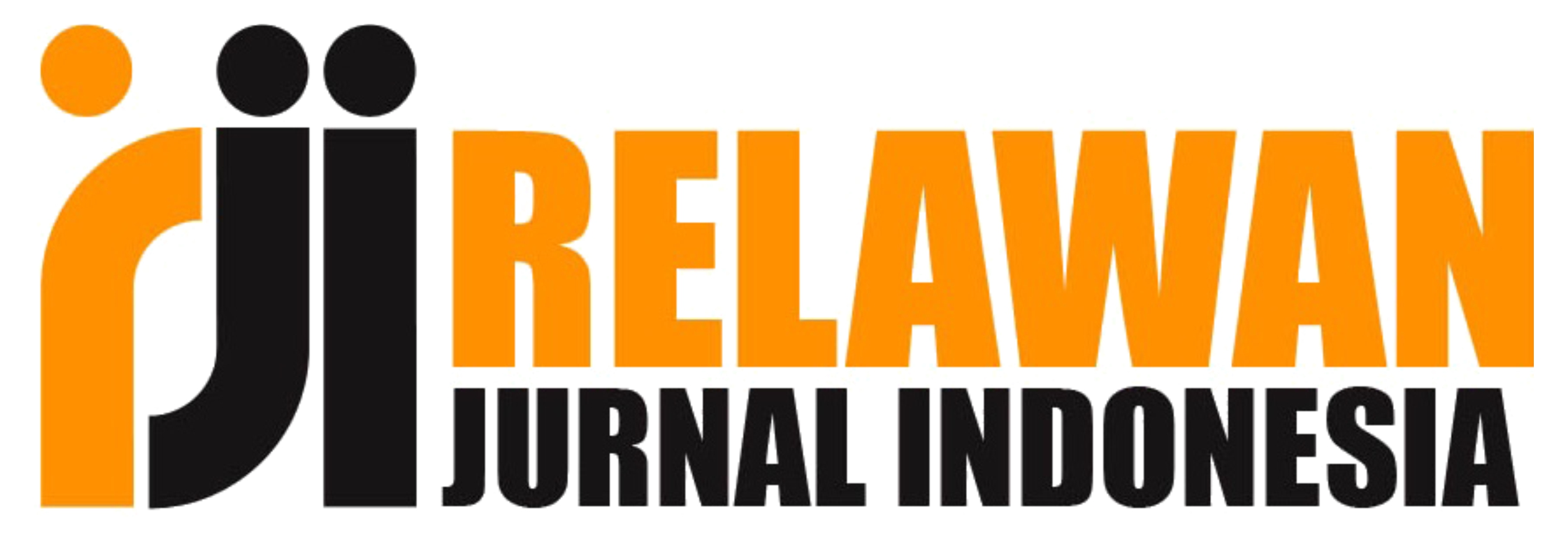Kepuasan Pembaca Sebagai Mediator Strategis Kinerja Pemasaran Media Digital
DOI:
https://doi.org/10.37385/ceej.v6i4.8853Keywords:
Transformasi Digital, Efisiensi Operasional, Kepuasan Pembaca, Kinerja Pemasaran, Media DigitalAbstract
Transformasi digital menjadi agenda strategis bagi industri media, khususnya dalam menghadapi percepatan digitalisasi pasca pandemi. Namun, keberadaan di ranah daring tidak selalu berbanding lurus dengan pencapaian kinerja pemasaran. Penelitian ini mengkaji pengaruh transformasi digital dan efisiensi operasional terhadap kinerja pemasaran, dengan kepuasan pembaca sebagai variabel mediasi. Studi dilakukan pada Bisnis Indonesia Perwakilan Makassar, unit regional dari media nasional Bisnis Indonesia Group. Data diperoleh melalui survei daring terhadap 100 pembaca aktif sulawesi.bisnis.com dan dianalisis menggunakan metode PLS-SEM. Hasil menunjukkan bahwa transformasi digital dan efisiensi operasional berpengaruh positif signifikan terhadap kinerja pemasaran. Kepuasan pembaca terbukti sebagai mediator parsial yang memperkuat pengaruh kedua variabel tersebut. Efek tidak langsung melalui kepuasan lebih besar dibandingkan efek langsung, menandakan pentingnya strategi digital dan operasional yang berorientasi pada pengalaman pengguna. Temuan ini mempertegas bahwa keberhasilan pemasaran media digital ditentukan oleh sinergi kapabilitas internal dan kepuasan pembaca, serta menyoroti kontribusi baru bahwa orientasi pada pengalaman pengguna menjadi elemen strategis dalam memperkuat daya saing media regional di era digital.
References
Alam, S., Jumady, E., Fajriah, Y., Halim, A., & Hatta, S. (2024). The golden ratio of marketing and applied psychology. Golden Ratio of Marketing and Applied Psychology of Business, 4(2), 88–100.
Alghizzawi, M., Alharbi, F., Alghizzawi, D., & Muthanna, A. (2020). The impact of digital marketing on consumer behavior in the healthcare industry. International Journal of Innovation, Creativity and Change, 13(9), 1578–1597.
Amin, A., Gohar, R., & Ali, W. (2025). Digital transformation and marketing performance in media enterprises: Evidence from Southeast Asia. Journal of Media Management, 12(1), 1–17. https://doi.org/10.1007/s12060-025-00123-z
Barney, J. B. (1991). Firm resources and sustained competitive advantage. Journal of Management, 17(1), 99–120. https://doi.org/10.1177/014920639101700108
Chaffey, D., & Smith, P. R. (2017). Digital marketing excellence: Planning, optimizing and integrating online marketing (6th ed.). Routledge.
Chin, W. W. (1998). The partial least squares approach to structural equation modeling. In G. A. Marcoulides (Ed.), Modern methods for business research (pp. 295–336). Lawrence Erlbaum Associates.
Cheung, C. M. K., & Lee, M. K. O. (2005). The asymmetric effect of website attribute performance on user satisfaction: An empirical study. E-Service Quality, 17(1), 38–54. https://doi.org/10.1108/09564230510587115
Davis, F. D. (1989). Perceived usefulness, perceived ease of use, and user acceptance of information technology. MIS Quarterly, 13(3), 319–340. https://doi.org/10.2307/249008
Dwivedi, Y. K., Ismagilova, E., Hughes, D. L., Carlson, J., Filieri, R., Jacobson, J., ... & Wang, Y. (2021). Setting the future of digital and social media marketing research: Perspectives and research propositions. International Journal of Information Management, 59, 102168. https://doi.org/10.1016/j.ijinfomgt.2020.102168
Firdaus, M., & Wicaksono, A. (2022). The effect of website quality on user satisfaction in online media: An Indonesian perspective. Journal of Communication and Media Research, 10(2), 101–115.
Fornell, C., Johnson, M. D., Anderson, E. W., Cha, J., & Bryant, B. E. (1996). The American Customer Satisfaction Index: Nature, purpose, and findings. Journal of Marketing, 60(4), 7–18. https://doi.org/10.1177/002224299606000403
Gunawan, A., & Rachmawati, I. (2023). Pengaruh transformasi digital dan inovasi layanan terhadap kepuasan pelanggan media online. Jurnal Ekonomi dan Manajemen Teknologi, 6(1), 22–35. https://doi.org/10.3335/jemt.v6i1.356
Hair, J. F., Hult, G. T. M., Ringle, C. M., & Sarstedt, M. (2021). A primer on partial least squares structural equation modeling (PLS-SEM) (3rd ed.). SAGE Publications.
Hapsari, R., & Kurniawan, D. (2021). Customer experience in digital service: An empirical study on operational efficiency and satisfaction. Asian Journal of Business and Technology, 6(4), 45–58. https://doi.org/10.32528/ajbt.v6i4.1234
Kotler, P., & Keller, K. L. (2016). Marketing management (15th ed.). Pearson Education.
Latifi, M., & Nikookar, G. (2021). Digital transformation and firm performance: Evidence from developing economies. Technology in Society, 67, 101796. https://doi.org/10.1016/j.techsoc.2021.101796
Ningsih, L. M., & Hidayat, M. A. (2023). The influence of e-service quality and user satisfaction on e-loyalty in digital media platforms. Journal of Marketing Science and Digital Behavior, 7(1), 85–97.
Oliver, R. L. (1980). A cognitive model of the antecedents and consequences of satisfaction decisions. Journal of Marketing Research, 17(4), 460–469. https://doi.org/10.2307/3150499
Oliver, R. L. (1999). Whence consumer loyalty? Journal of Marketing, 63(Special Issue), 33–44. https://doi.org/10.2307/1252099
Parasuraman, A., Zeithaml, V. A., & Berry, L. L. (1988). SERVQUAL: A multiple-item scale for measuring consumer perceptions of service quality. Journal of Retailing, 64(1), 12–40.
Ranasinghe, R., Jayasooriya, S., & Dissanayake, H. (2023). Digital engagement and customer satisfaction: A systematic review of interactive platforms. Journal of Interactive Media Studies, 9(1), 25–42.
Sari, A. P., & Prabowo, H. (2022). The mediating role of customer satisfaction in the relationship between digital innovation and marketing performance. Jurnal Dinamika Manajemen, 13(1), 58–70. https://doi.org/10.15294/jdm.v13i1.34526
Shmueli, G., Sarstedt, M., Hair, J. F., Cheah, J.-H., Ting, H., & Vaithilingam, S. (2019). Predictive model assessment in PLS-SEM: Guidelines for using PLSpredict. European Journal of Marketing, 53(11), 2322–2347. https://doi.org/10.1108/EJM-02-2019-0189
Supriyanto, A., & Yulian, D. (2020). Pengaruh efisiensi operasional terhadap keunggulan bersaing berbasis teknologi informasi. Jurnal Ilmu Ekonomi dan Bisnis Islam, 7(2), 189–201.
Suryani, R. (2025). The role of digital strategy in enhancing perceived service quality of online platforms. Journal of Digital Communication Strategy, 11(2), 55–70.
Teece, D. J. (2007). Explicating dynamic capabilities: The nature and microfoundations of (sustainable) enterprise performance. Strategic Management Journal, 28(13), 1319–1350. https://doi.org/10.1002/smj.640
Voorveld, H. A. M., van Noort, G., Muntinga, D. G., & Bronner, F. (2018). Engagement with social media and traditional media: Comparing usage patterns and effects. International Journal of Advertising, 37(3), 389–406. https://doi.org/10.1080/02650487.2017.1349035
Wijaya, R., Hartanto, R., & Wulandari, A. (2023). Mediating role of digital experience in the relationship between system quality and customer loyalty. International Journal of Business and Media Analytics, 8(3), 66–79.
Zhang, X., & Lin, S. (2021). Operational efficiency and digital marketing performance: Evidence from Asia-Pacific e-commerce. Journal of Digital Commerce, 5(2), 112–127. https://doi.org/10.1234/jdc.2021.0027




 Template
Template



